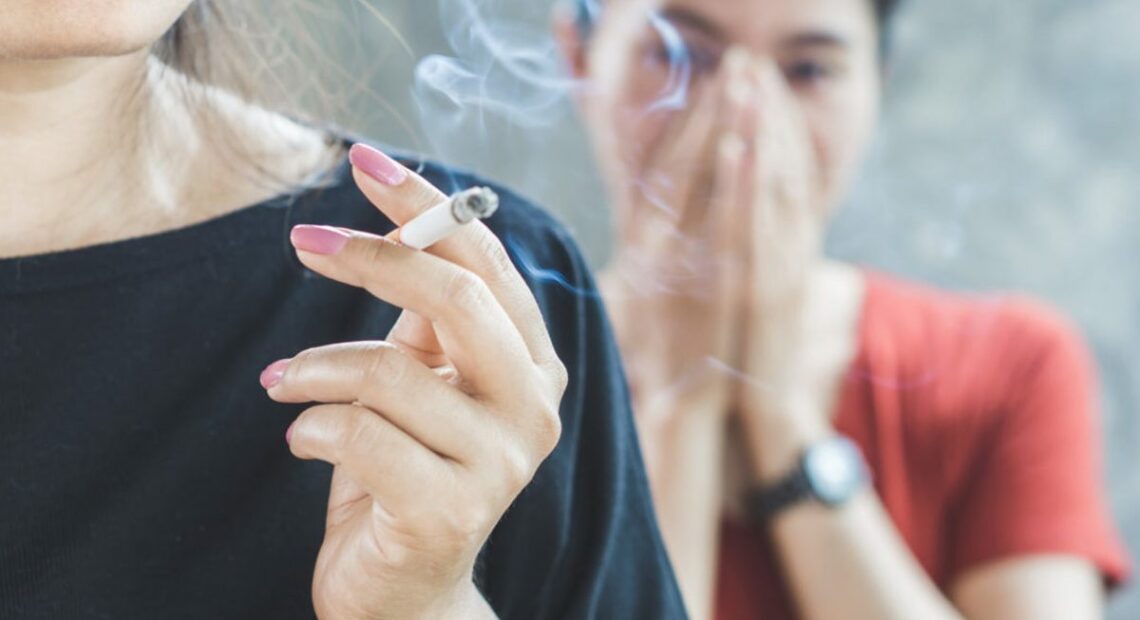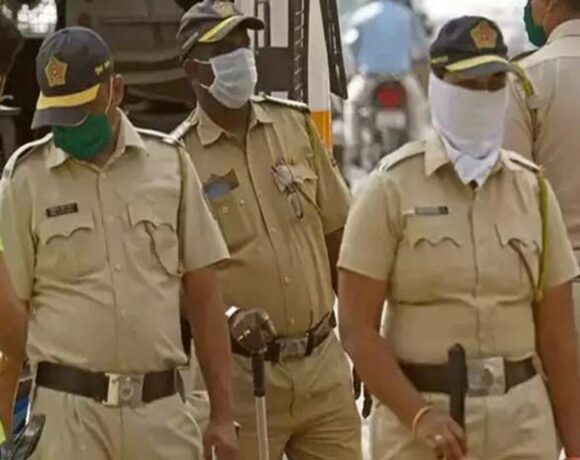Shielding Non-Smokers: Combatting Second & Third-Hand Smoke Hazards

Smoking is a dangerous habit that not only affects the health of smokers but also poses significant risks to those exposed to second and third-hand smoke. Second-hand smoke refers to the smoke exhaled by smokers and the smoke emitted from burning tobacco products, while third-hand smoke refers to the residual chemicals that linger on surfaces and in the air even after smoking has ceased. Protecting non-smokers from these hazards is crucial for promoting a healthier environment. In this blog post, we will explore the dangers of second and third-hand smoke and discuss effective strategies to safeguard non-smokers from its harmful effects.
- The Dangers of Second-Hand Smoke: Second-hand smoke contains over 7,000 chemicals, including at least 70 known carcinogens. Breathing in this smoke can lead to various health problems, such as respiratory issues, heart disease, and lung cancer. Infants and children are particularly vulnerable to the adverse effects of second-hand smoke, as it can increase their risk of sudden infant death syndrome (SIDS), asthma, and ear infections. Non-smokers exposed to second-hand smoke also face an increased likelihood of developing lung cancer and heart disease.
- Understanding Third-Hand Smoke: While second-hand smoke is well-known, many people are unaware of the dangers associated with third-hand smoke. When tobacco smoke settles on surfaces like furniture, carpets, and clothing, it forms a toxic residue that can persist for months. This residue releases harmful chemicals into the air and can be ingested or absorbed through the skin. Infants and toddlers, who frequently touch and explore their surroundings, are at high risk of exposure. Third-hand smoke has been linked to respiratory problems, DNA damage, and an increased risk of asthma in children.
- Protecting Non-Smokers: a. Establish Smoke-Free Environments: Implementing comprehensive smoke-free policies in public places, workplaces, and homes is crucial. These policies not only protect non-smokers from second-hand smoke but also help to minimize exposure to third-hand smoke.
b. Educate and Raise Awareness: Spreading awareness about the dangers of second and third-hand smoke is essential. Informing smokers about the risks to themselves and those around them can encourage behavior change. Education campaigns should emphasize the importance of smoking cessation and the benefits of creating smoke-free environments.
c. Encourage Smoking Cessation: Supporting smokers in their journey to quit is a vital step in protecting non-smokers from the hazards of tobacco. Offer resources such as counseling, nicotine replacement therapy, and support groups to help individuals overcome their addiction. Promote the availability of quit lines and other smoking cessation programs.
d. Ventilation and Cleaning: Proper ventilation systems in buildings and homes can help reduce the concentration of second-hand smoke. Regular cleaning and airing out of spaces can also minimize the presence of third-hand smoke residue.
e. Support Policies and Regulations: Advocate for stronger tobacco control policies and regulations that protect non-smokers from second and third-hand smoke. This includes raising awareness about the importance of smoke-free environments and supporting initiatives aimed at reducing tobacco use.
Protecting non-smokers from the hazards of tobacco requires a multifaceted approach. By understanding the dangers of second and third-hand smoke and implementing effective strategies, we can create healthier environments for everyone. Through education, awareness, smoking cessation support, and the implementation of smoke-free policies, we can work towards a future where non-smokers are safeguarded from the harmful effects of tobacco.
Picture Courtesy: Google/images are subject to copyright








